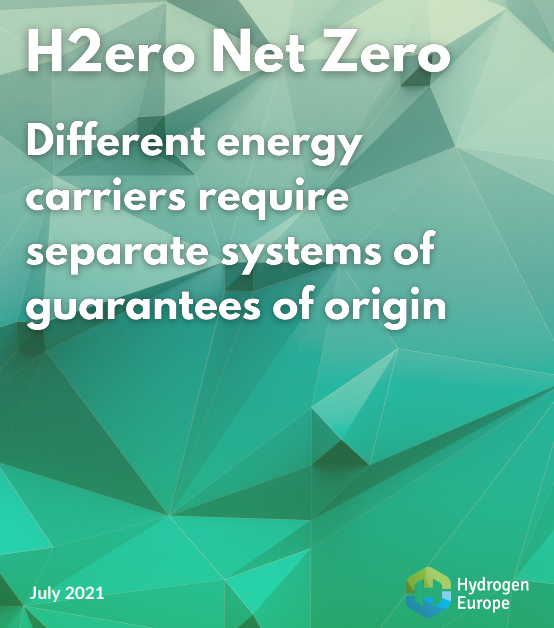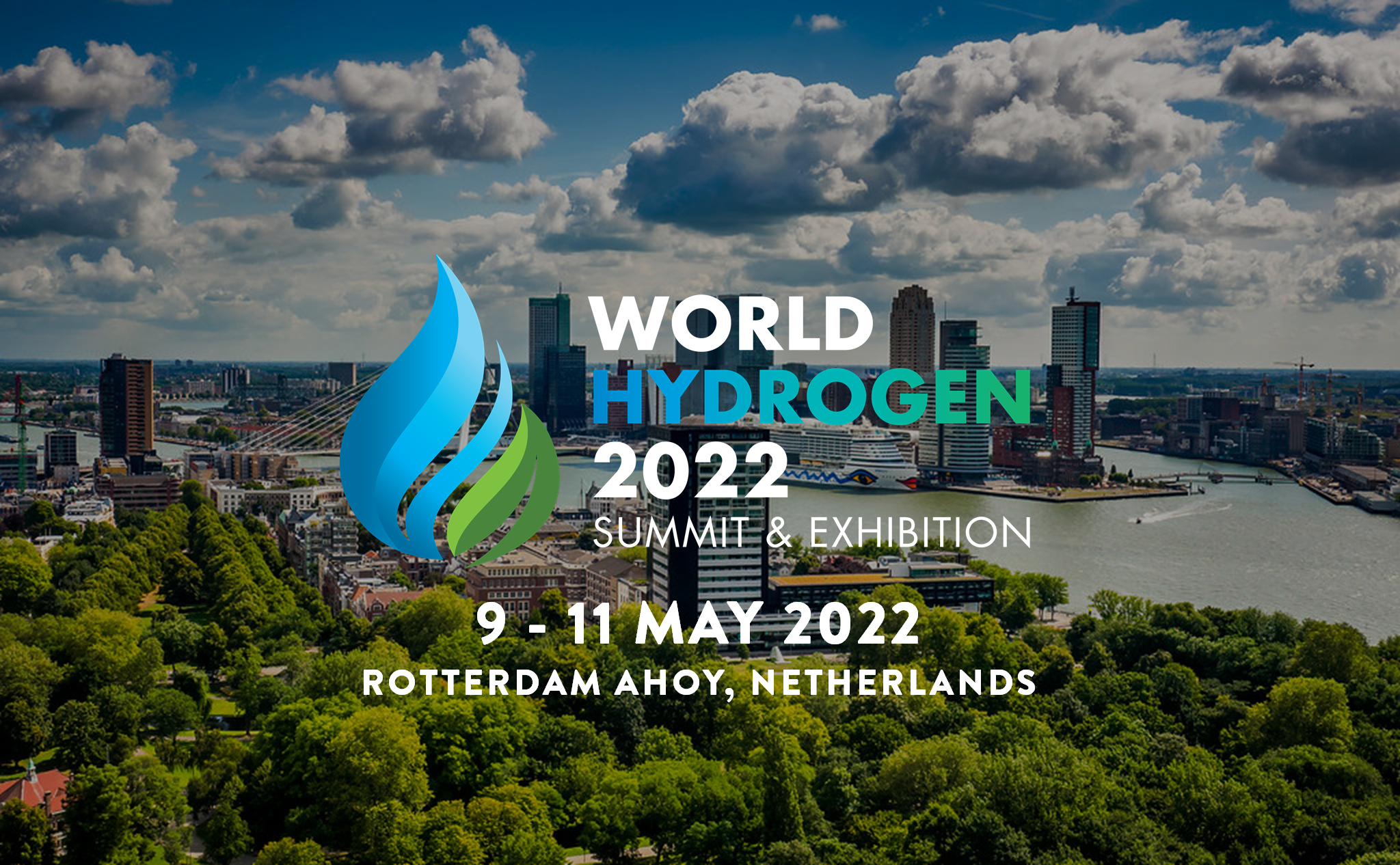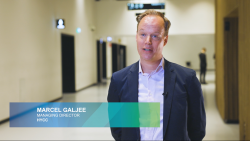Original article published on S&P Global Platts, 9 March 2021
Written by: Jeffrey McDonald
- Financing requires long-term offtakers
- Carbon intensity could be a metric for hydrogen market development
London — Building out the hydrogen economy will require a combination of pricing transparency and commoditization as industry makes projects affordable over the coming decade, panelists said at the World Hydrogen virtual summit March 9.
With more than 30 governments globally launching hydrogen strategies, the hydrogen policy focus is becoming more clear. However, incentivizing supply and demand remains a challenge, particularly as companies consider their appetite for risk, said Joaquin Narro, managing director at Alcazar Investment Management.
“The path to hydrogen commoditization is full of opportunities but it is also riddled with dangerous pitfalls,” Narro said.
Finding the right risk appetite amid market uncertainty is critical for driving projects in the early stages as hydrogen economy takes shape over the course of the decade, panelists said at the World Hydrogen Summit virtual conference.
Project risk for low-and-zero carbon hydrogen is largely tied up with feedstock costs, along with finding long-term customers, according to Astrid Behaghel, energy transition expert and hydrogen coordinator for BNP Paribas.
“Long-term financing is what we are missing at the moment — whether it’s from government or long-term offtakers,” she said.
Projects are not yet bankable, and need guidance for what schemes are needed, said Shiva Dustdar, head of innovation at the European Investment Bank.
The bank is advising a number of projects now where the bankability lies on the upstream generation side of renewable energy, but is lacking on the demand side, she said.
The challenge is trying to go closer to the customer, and trying to map investor risk appetite.
“We are interviewing along the corporate value chain, and determining what will it take for the public side to make it worth the capital,” she said.
Mobility markets provide a potential near-term solution, said Oliver Bishop, general manager of Shell Hydrogen.
Industry is able to provide large quantities of hydrogen, but at lower margins, he said.
“Transportation is closer to where it needs to be at parity to conventional hydrocarbon fuels,” he said.
In addition to hydrogen refinery projects, Shell currently has over 50 refueling stations in North America, Europe and Asia.
Over time, building cross-sectoral demand where industrial users provide hydrogen as a feedstock to spur mobility will be crucial for success, Bishop said.
Once projects are in place, developing a cross-border, global hydrogen market will require a combination of pricing and commoditization, Narro said. although measuring carbon intensity appears to be the answer, he said.
“Low carbon hydrogen uniformity is required to draw investors,” Narro said. “Hydrogen needs to be commoditized.”
Creating a carbon intensity product around hydrogen is the answer, Narro said. Such a mechanism could be created by different grid operators or linked to CO2 prices, he said.
Tags: demand financing hydrogen conference hydrogen event hydrogen leaders hydrogen summit investment risk supply










